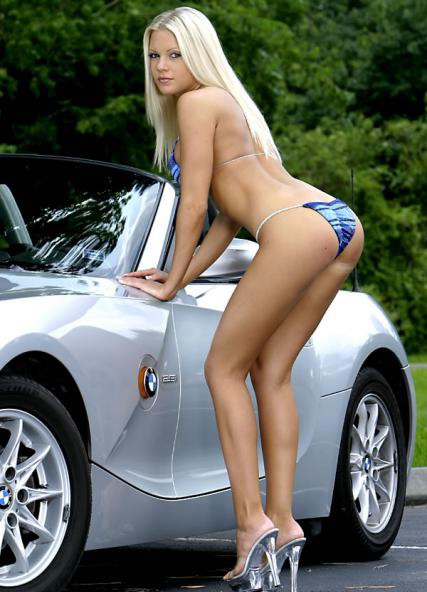
The Bugatti EB110 is a sports car manufactured by Bugatti Automobili SpA in between the years 1991-1995.
The price of the Bugatti EB110 cost over $350,000 US, it was also driven by Phil Hill, a United States automobile racer. The Bugatti EB110 was also purchased by the seven time world champion Michael Schumacher, which he later sold the car in the year 2003.
The Bugatti EB110 featured six speed automatic transmission and the gear shifts can be performed easily at higher stress. The body of the car is made of aluminum and carbon fibre and it featured a double wish suspension, glass engine with speed sensitive electronic rear.
In the year 1991, the Bugatti EB110 featured a 3.5 L quad-turbo V12 engine with 60 valves. The capacity of the engine is 3499 cc and it delivered an output power of 524 bhp at 8000 rpm and it reached the speed of 62 mph in 4.5 seconds and the top speed is about 213 mph.
In the year 1992, the Bugatti EB110 “SuperSport” version was launched. The engine delivered an output power of 592 bhp at 8000 rpm and it reached the speed of 62 mph in 3.2 seconds and the top speed is about 216 mph.

Specifications
Vehicle Type: - 2-door coupe
Configuration: - Mid Engine
Engine: - 3.5 L quad-turbo V12
Capacity: - 3499 cc
Transmission: - 6-Speed Manual
Wheelbase: - 100.5 inches
Length: - 173.4 inches
Weight: - 3560 lbs
B Engineering Edonis
The B Engineering Edonis was built based on the model of Bugatti EB110 SuperSport. It featured a powerful 3.5 L quad-turbo V12 engine with four IHI turbochargers and an engine capacity of 3760 cc. The engine delivered an output power of 670 bhp at 8000 rpm and 542 lb-ft torque. It reached the speed of 62 mph in 3.9 seconds and the top speed is about 227 mph.
Dauer EB110
The Dauer EB110 was manufactured in two different forms which are the EB110 and Super Sport. Both these cars featured a powerful 3.5 L quad-cam V12 engine with four IHI turbochargers. The engine of the Dauer EB110 delivered an output power of 560 bhp at 8000 rpm and the Super Sport delivered an output power of 650 bhp at 8200 rpm. Both these cars reached the speed of 60 mph in 3.3 seconds and the top speed is about 230 mph.










